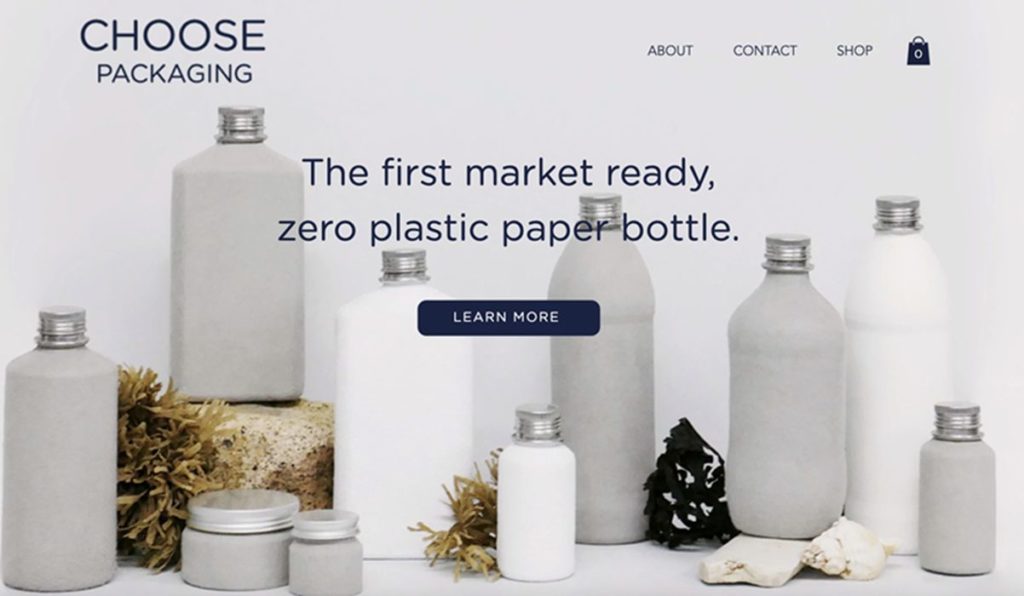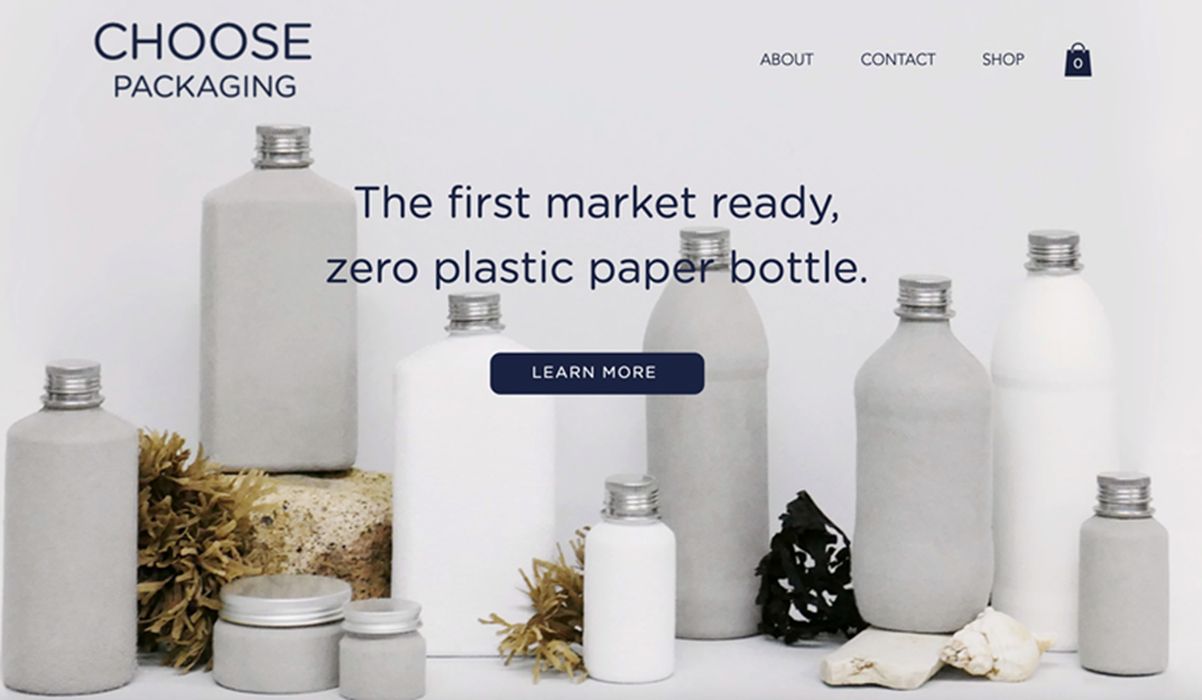
Charles R. Goulding and Preeti Sulibhavi look at HP’s interest in the packaging industry.
The January 31, 2022, issue of Barron’s included 10 leading roundtable panelists with their 2022 stock recommendations. One industry that stood out for a lucrative investment opportunity was the packaging industry
Companies discussed included Ardagh Metal Packaging (AMBP), an aluminum can manufacturer, Syvamo (SLVM), a spin-out from International Paper (IP), and Packaging Corp of America (PKG), which owns some uncoated free sheet paper mills. Other packaging companies referenced include Domtar and Paper Excellence.
Almost on cue in the first week of February 2022, HP Inc. announced the acquisition of Choose Packaging, a Scottish plastic-free bottle manufacturer. Choose Packaging has patented technology for paper-based bottles that are biodegradable and composed of natural and non-toxic materials. This business will be directly integrated into its personalization and 3D printing business. HP has made it clear they intend to disrupt the US$10B, fiber-based, sustainable packaging market.
The large scale of the packaging market makes it an ideal target for a company with HP’s resources.

By bringing their respective technologies and expertise together, HP and Choose Packaging will have the mutual goal of scaling up their sustainable packing products into mass production volume. When working with new and existing clients, they will assess the feasibility of the product that needs packaging, design the pack or container, and then head into production with the support of molds produced with HP’s 3D printing technology.
It will then go through labeling and post-processing. The labeling is also made from 100% recycled paper and printed with bio-inks. After using them, Choose Packaging products generally degrade within a year.
The Research & Development Tax Credit
The now permanent Research and Development (R&D) Tax Credit is available for companies developing new or improved products, processes and/or software.
3D printing can help boost a company’s R&D Tax Credits. Wages for technical employees creating, testing, and revising 3D printed prototypes can be included as a percentage of eligible time spent for the R&D Tax Credit. Similarly, when used as a method of improving a process, time spent integrating 3D printing hardware and software counts as an eligible activity. Lastly, when used for modeling and preproduction, the costs of filaments consumed during the development process may also be recovered.
Whether it is used for creating and testing prototypes or for final production, 3D printing is a great indicator that R&D Credit eligible activities are taking place. Companies implementing this technology at any point should consider taking advantage of R&D Tax Credits.
Conclusion
With the Choose Packaging acquisition, HP Inc. is directly entering the packaging business. The packaging industry needs to invest in additional 3D printing opportunities, and HP is showing the others how it’s done.

